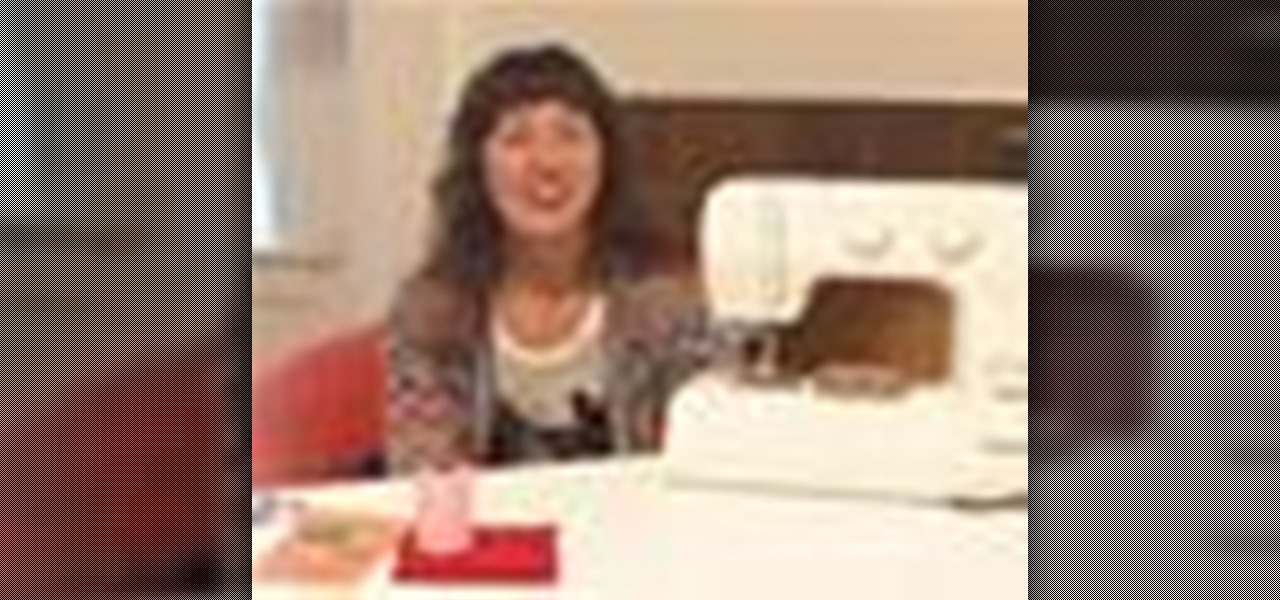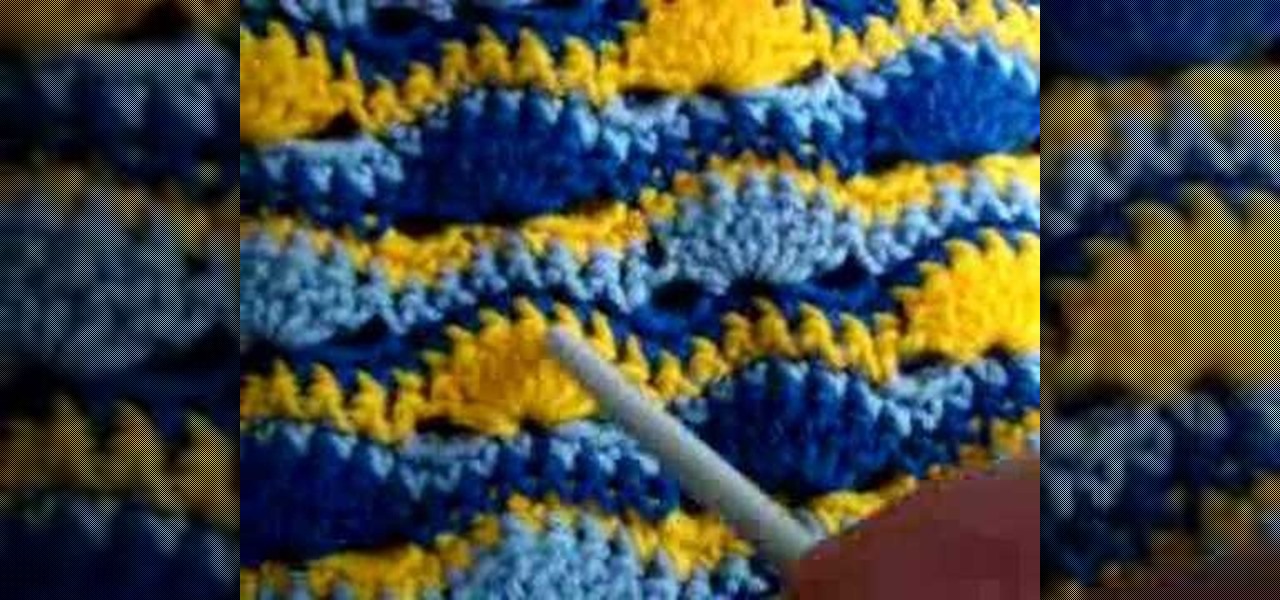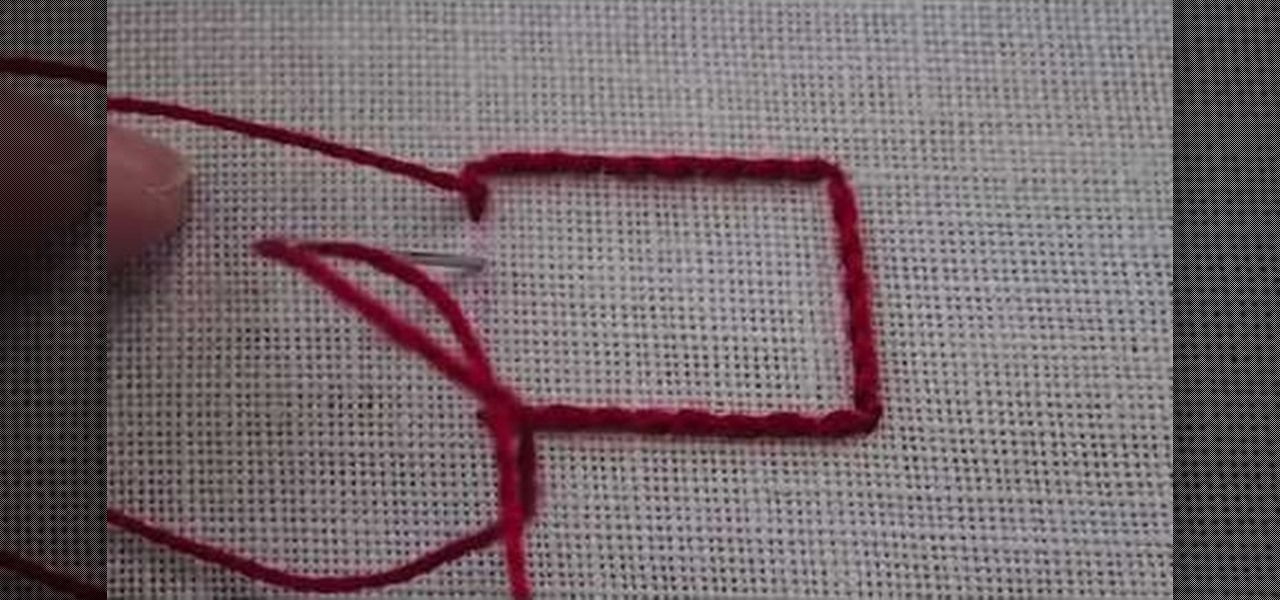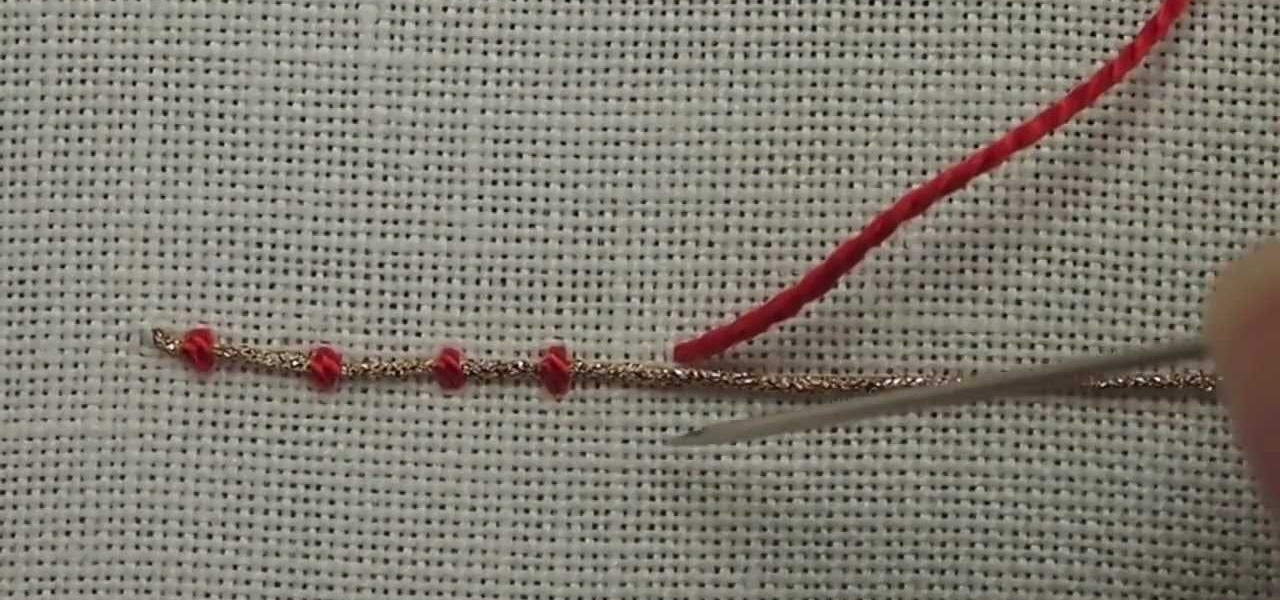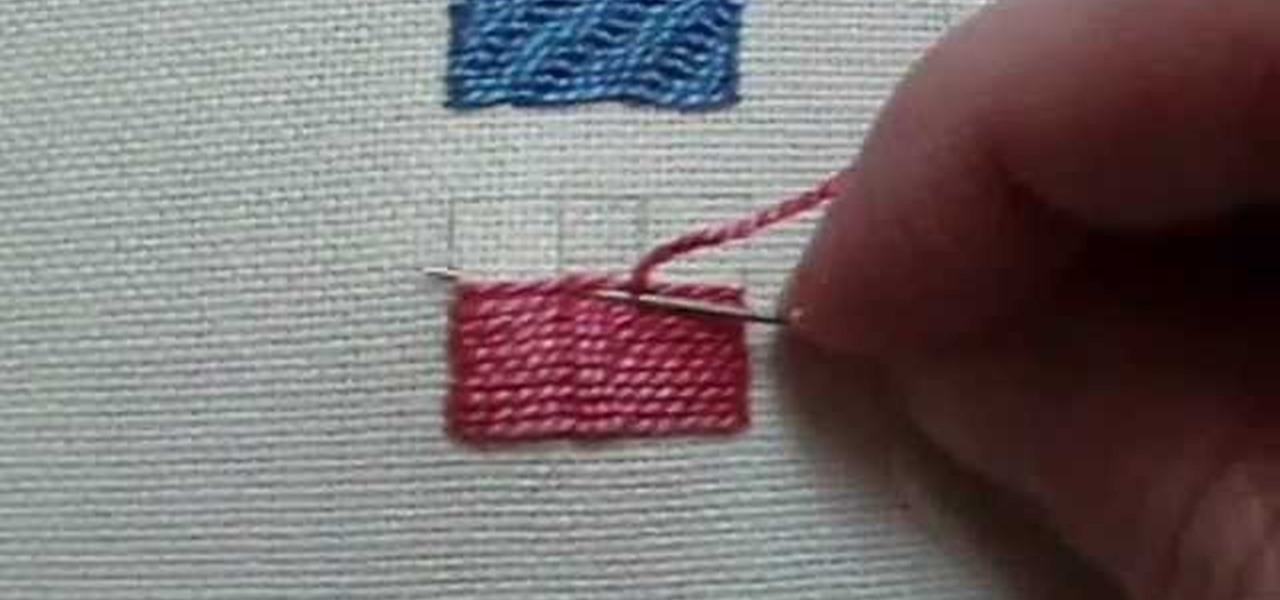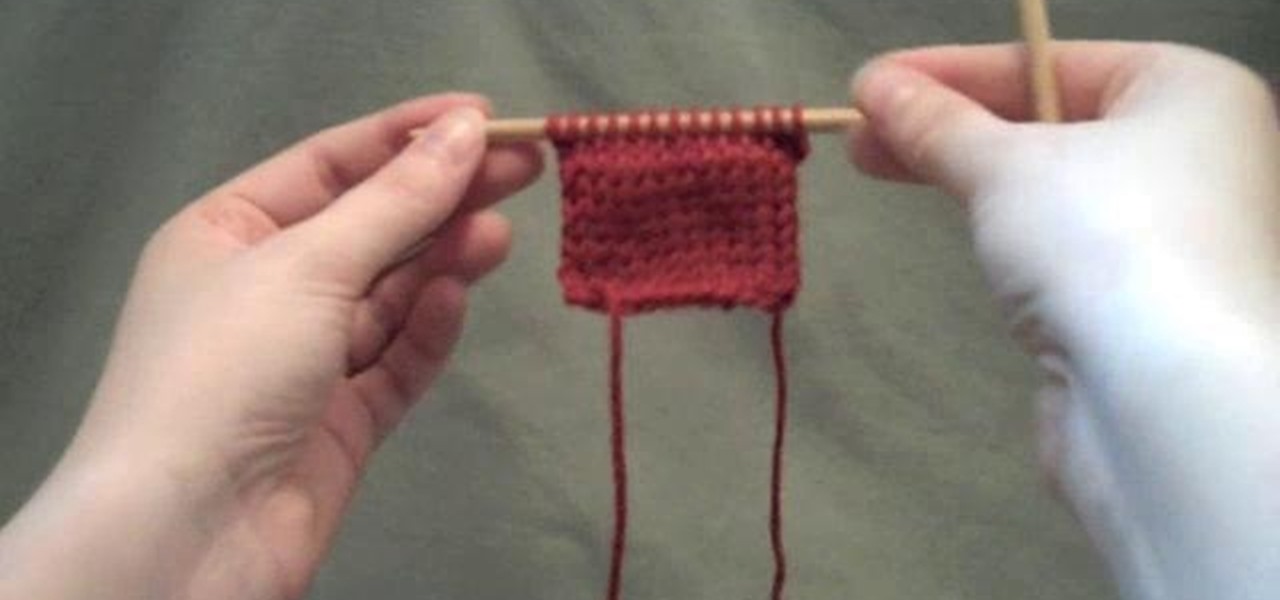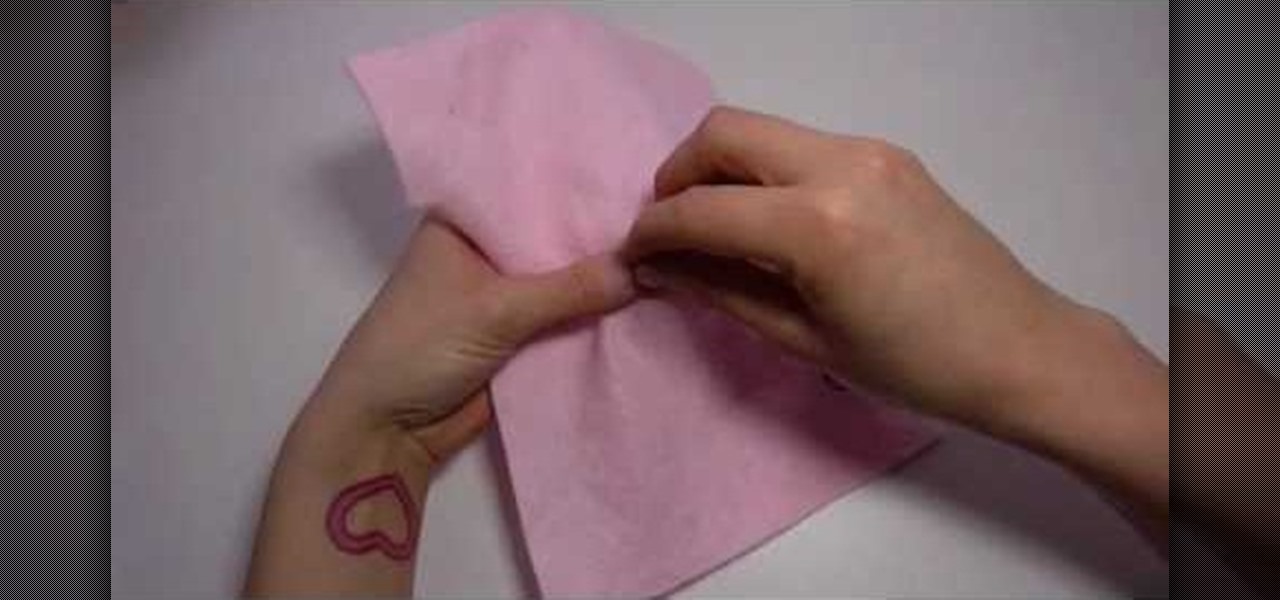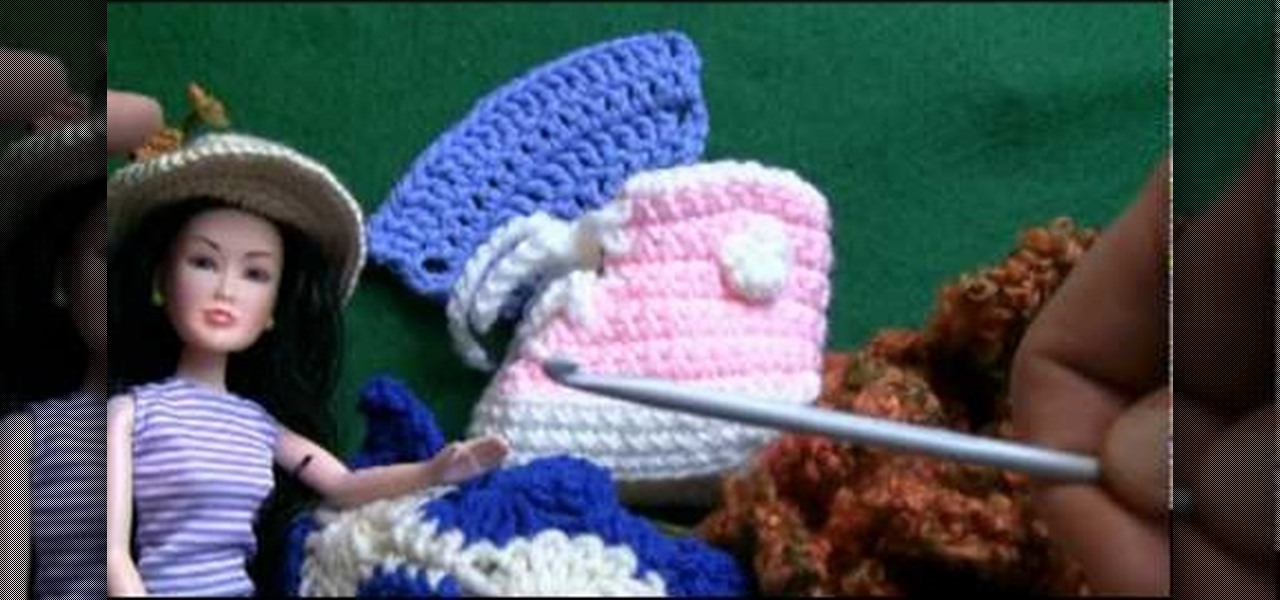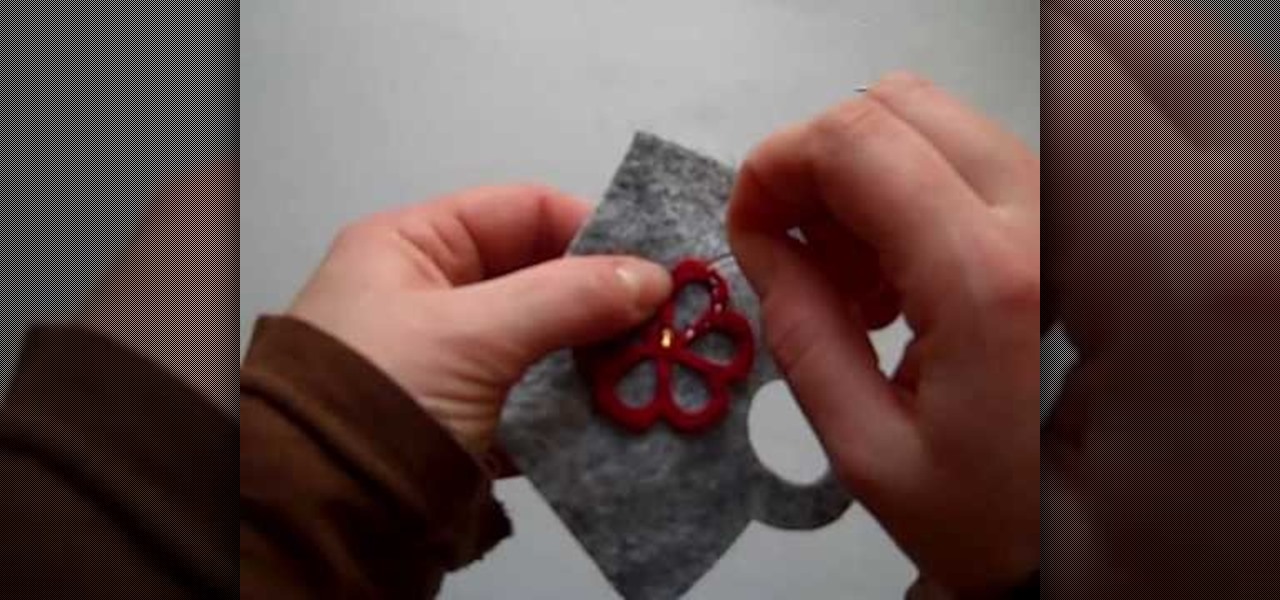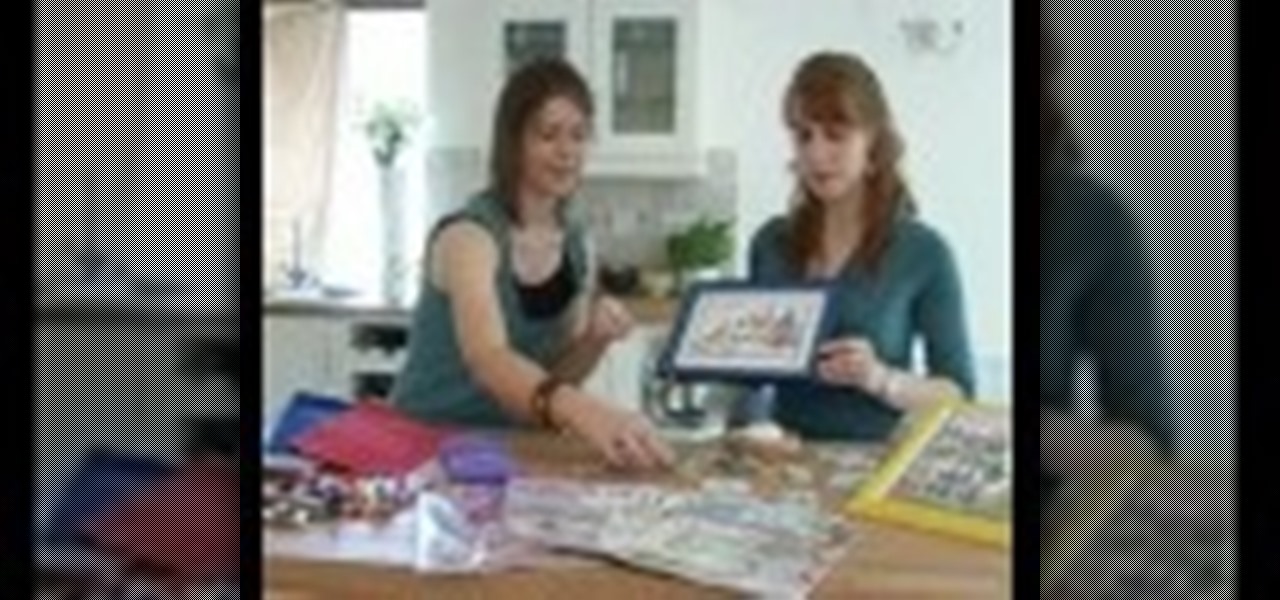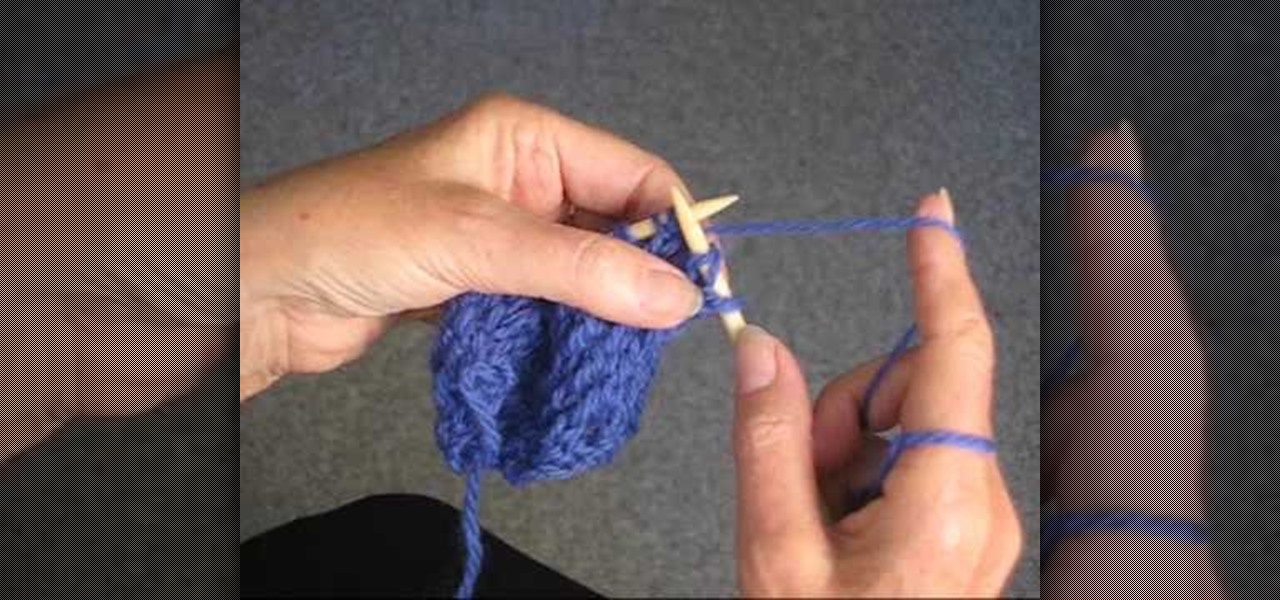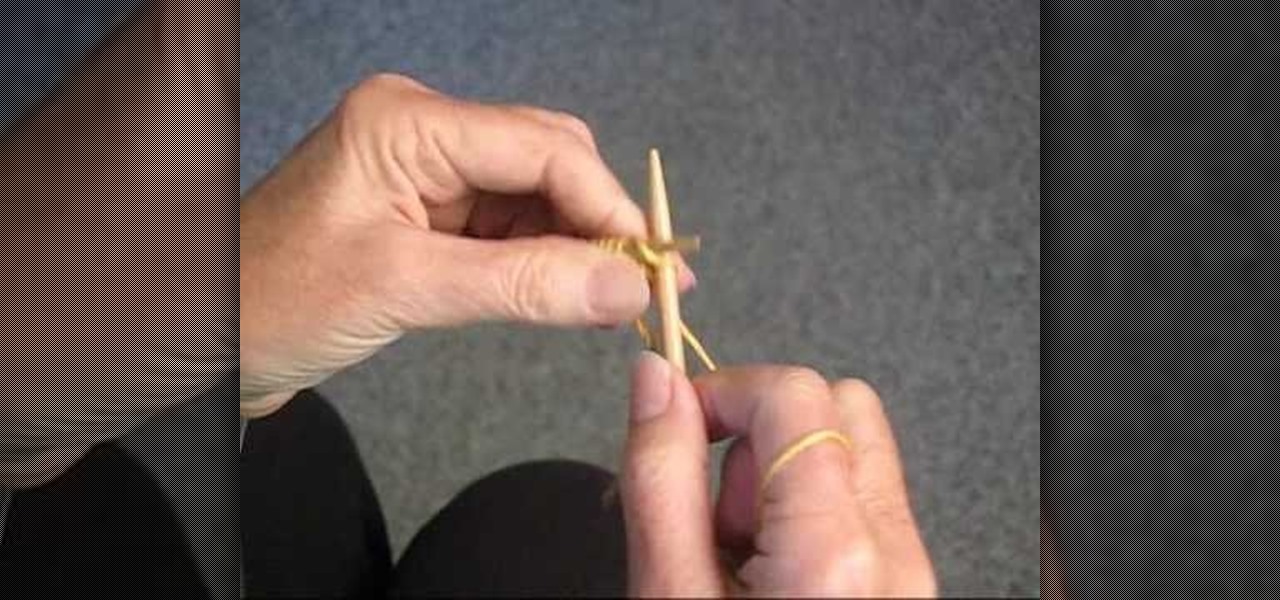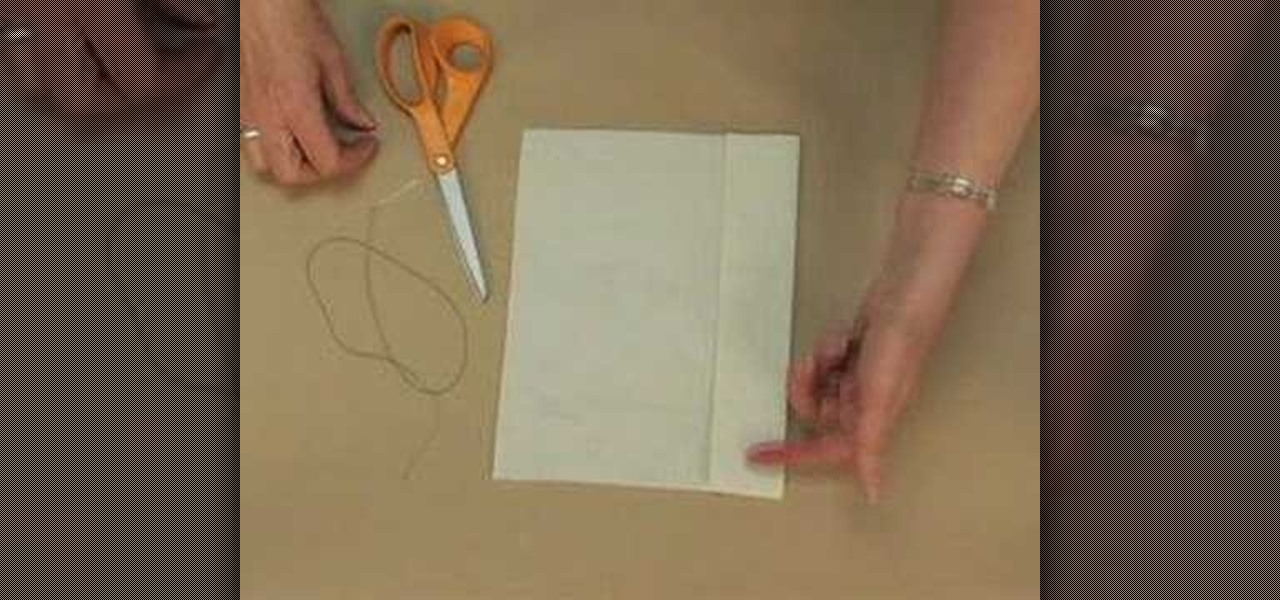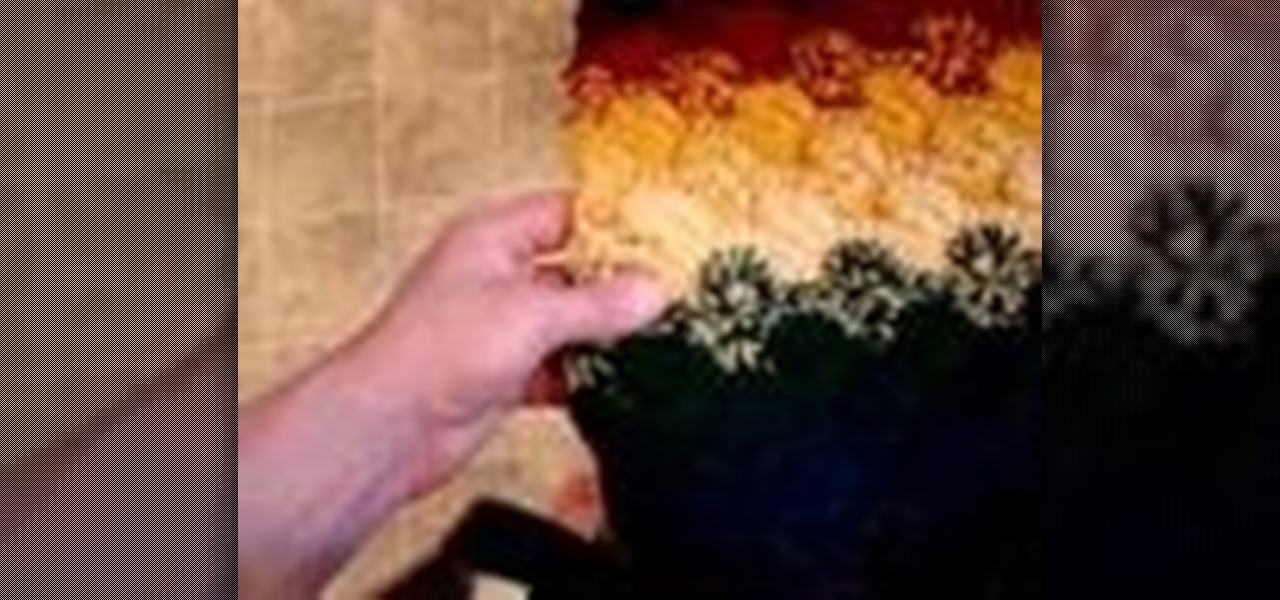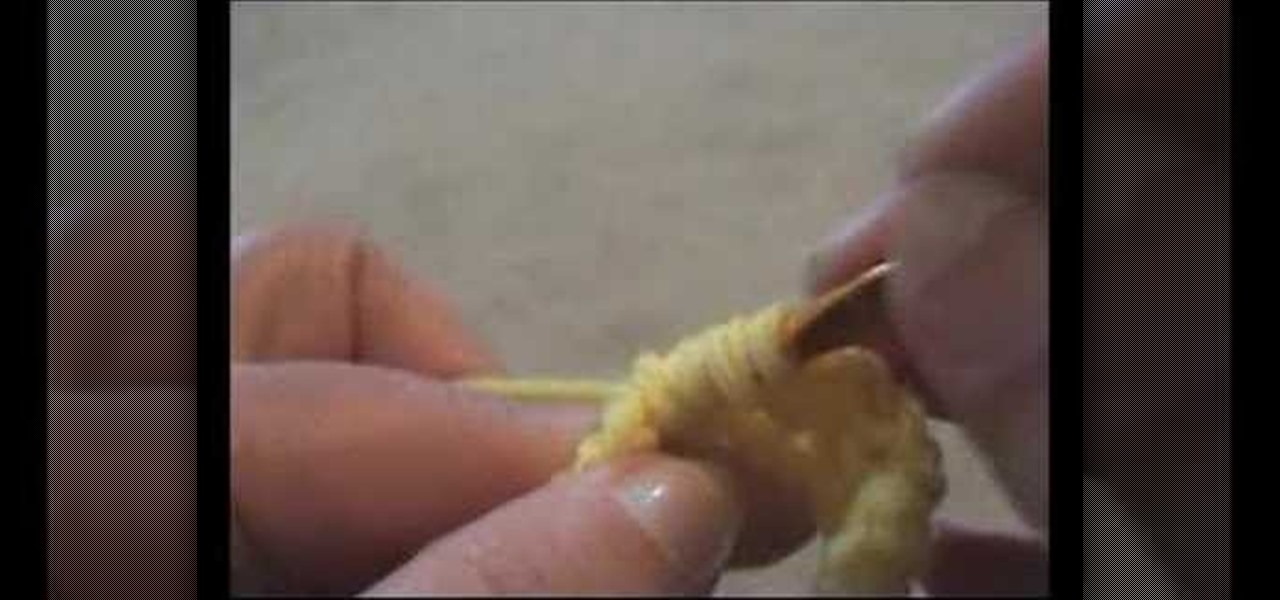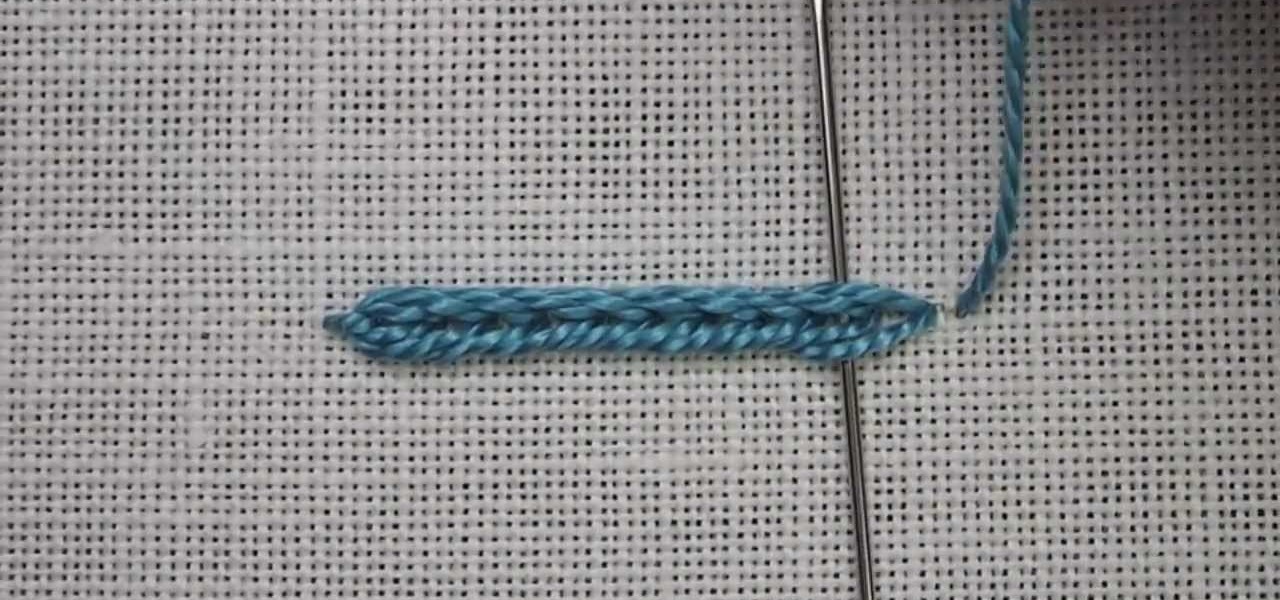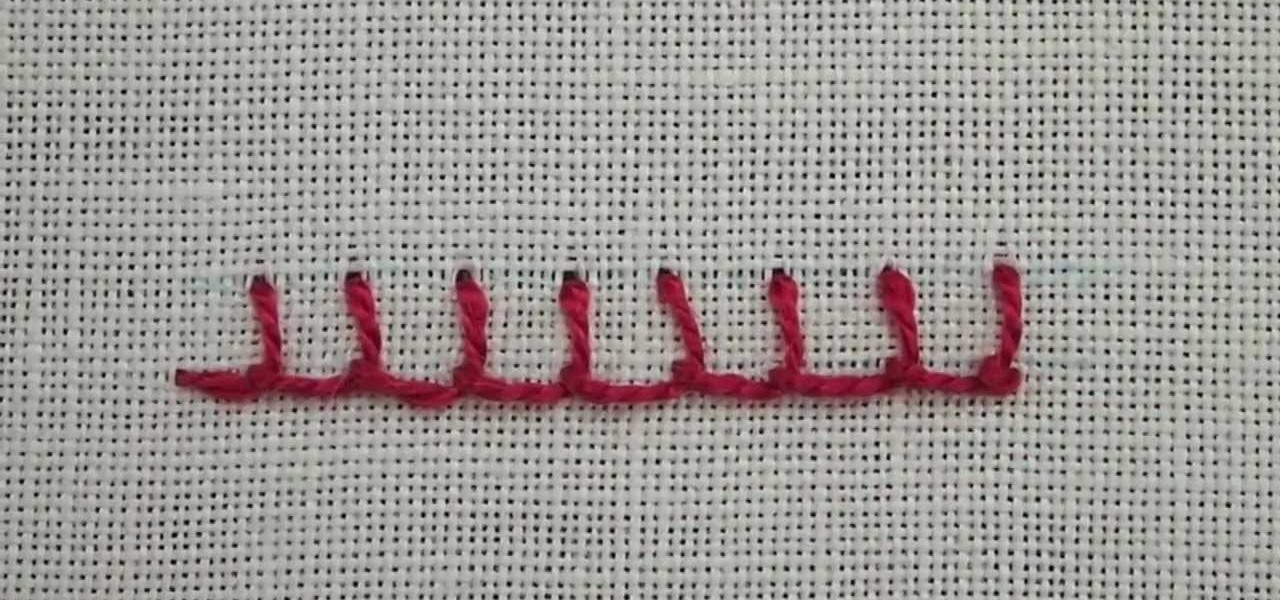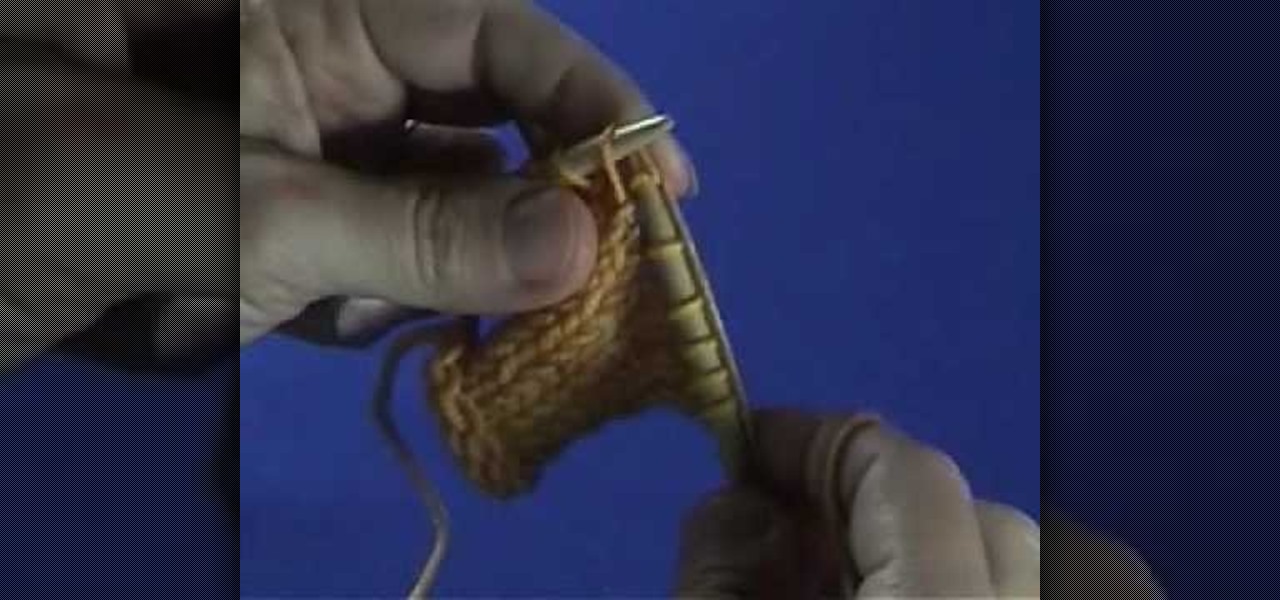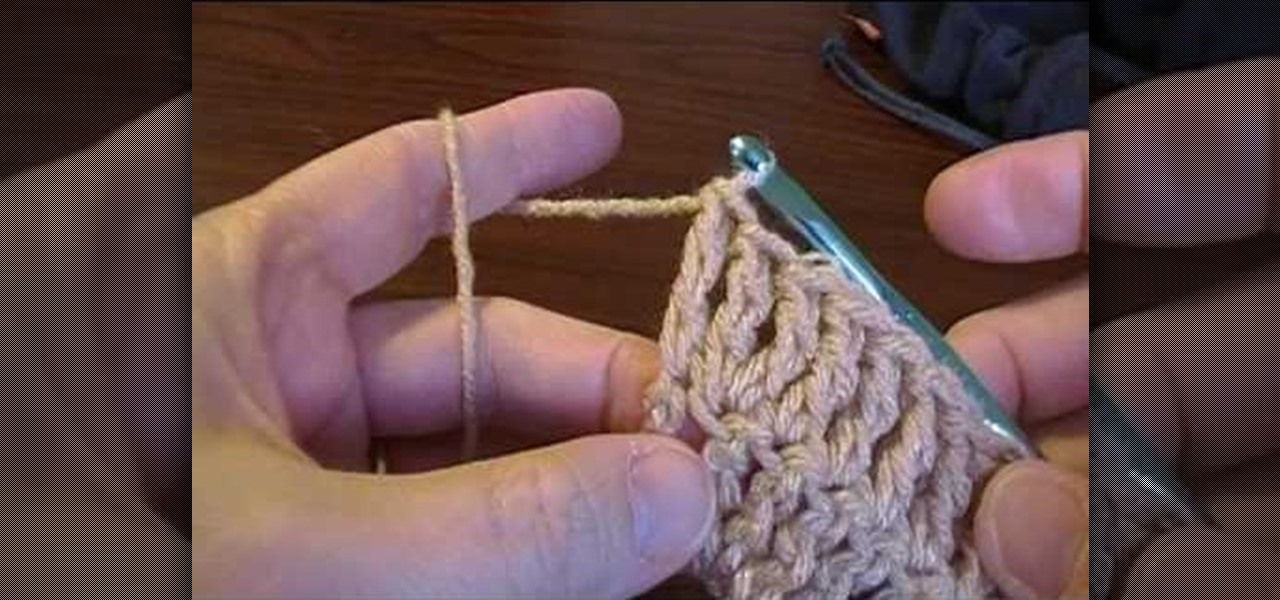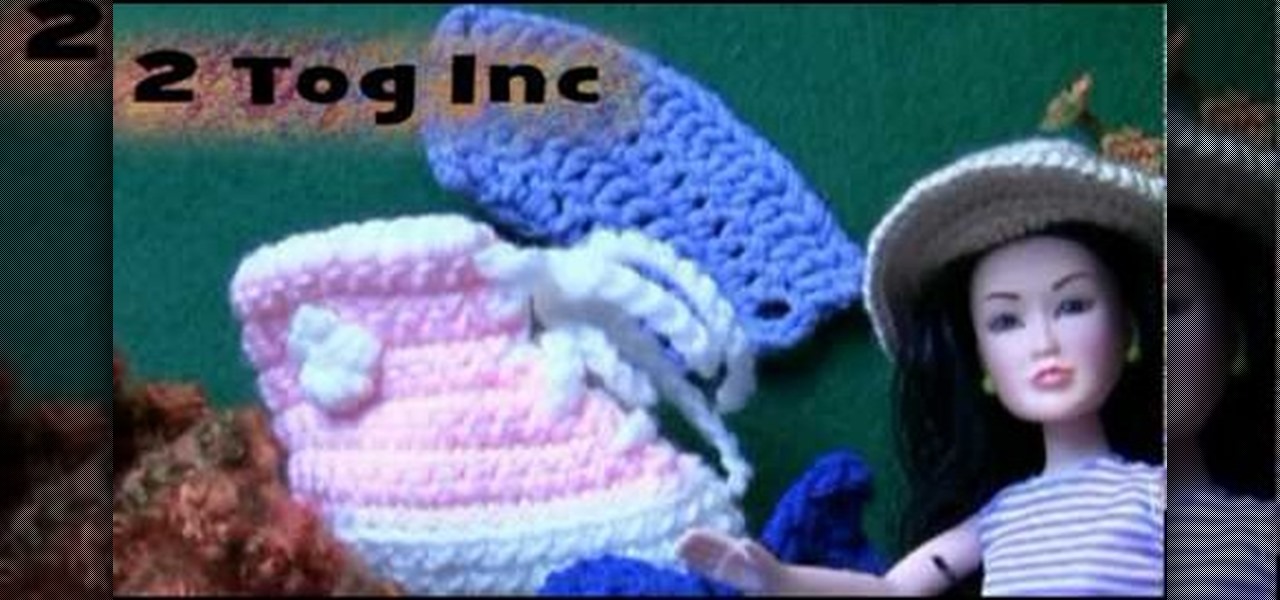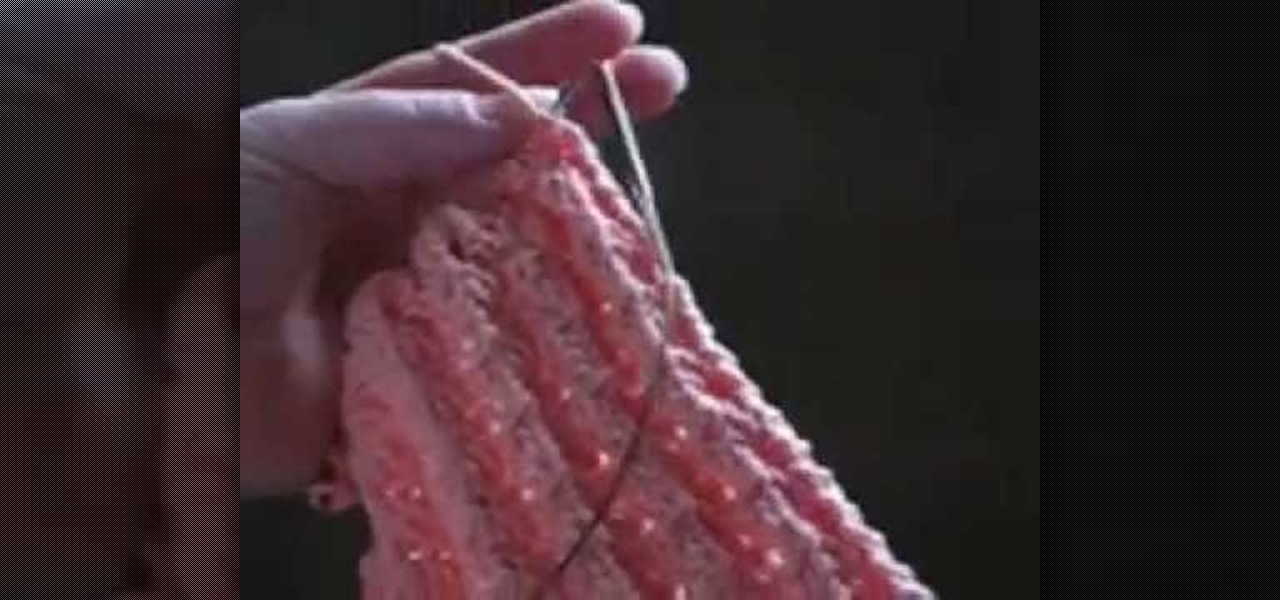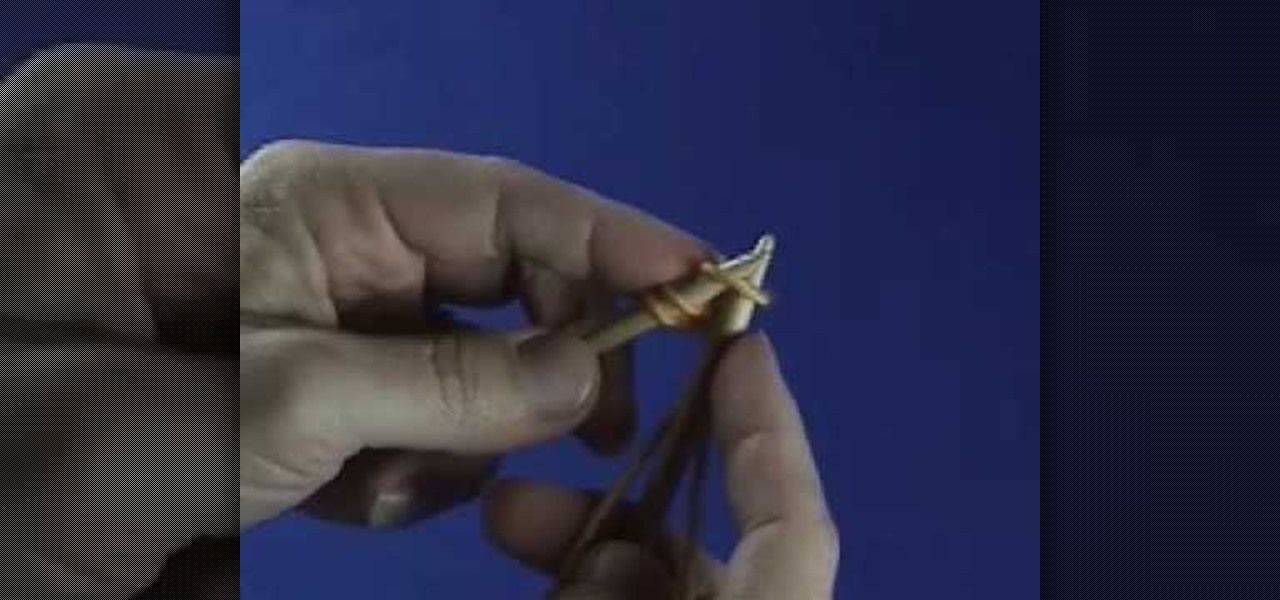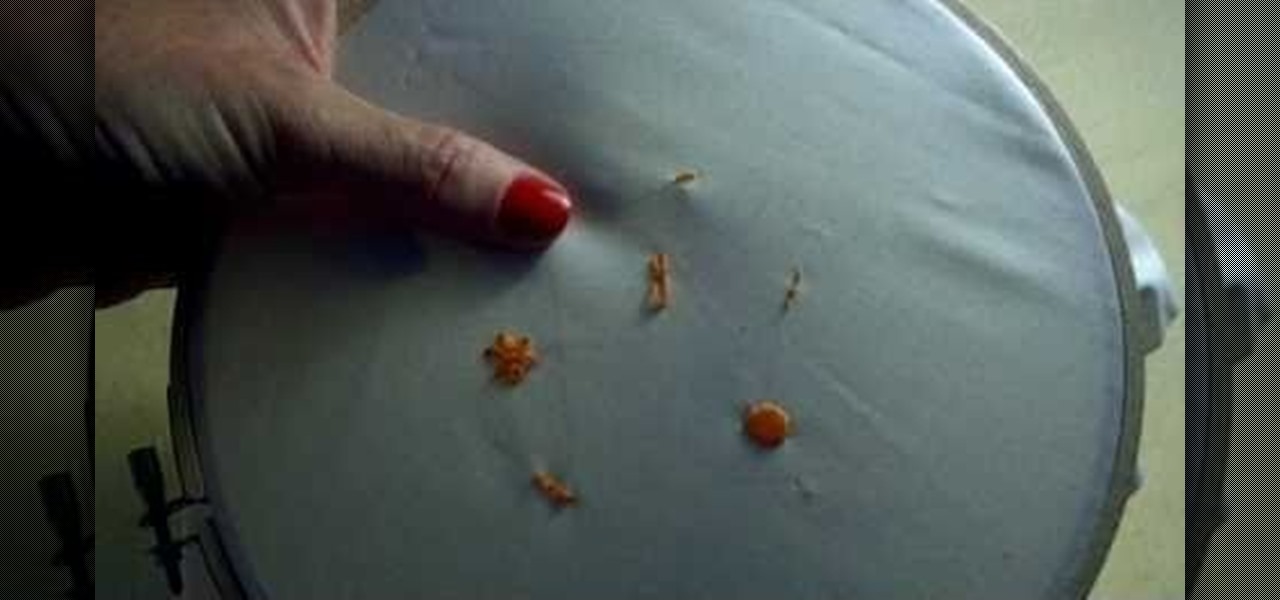
This tutorial is a concise tutorial on the basic embroidery stitches. Learn how to do a French knot, flower, chain stitch, back stitch, outline stitch, satin stitch, and a cross stitch. All you need is some fabric, an embroidery hoop, floss and needle.
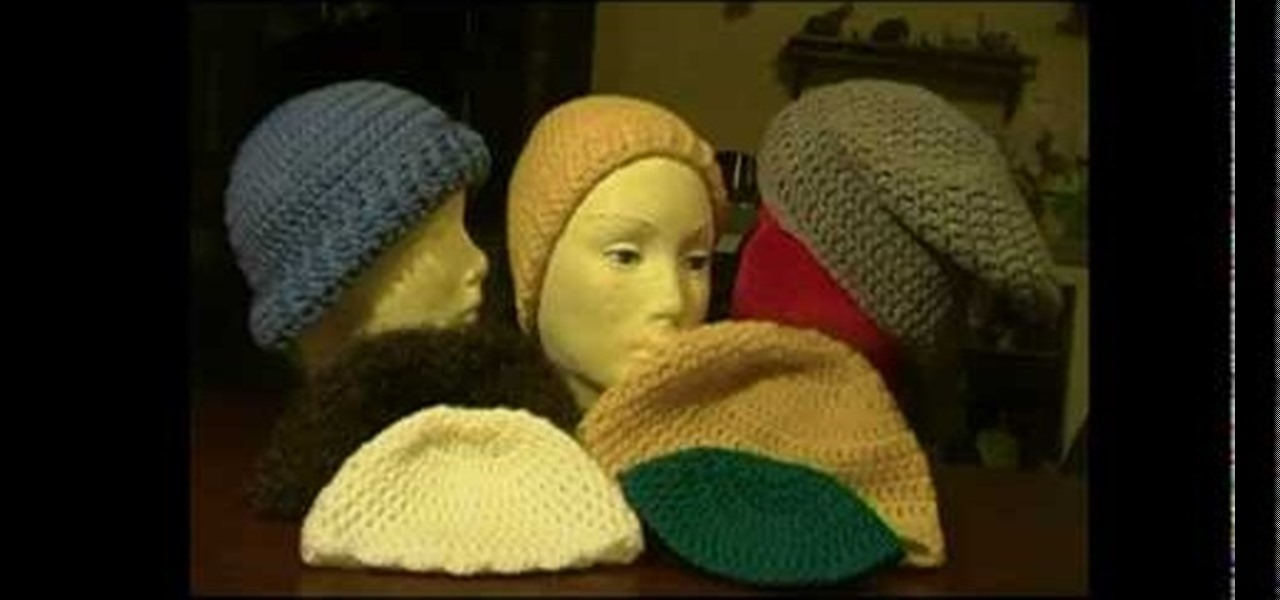
This interactive tutorial series shows you how to make a basic double crochet stitch, and then expands on this technique to show you seven different variations. Learn how to make a turned cuff, ribbed cuff, slouch, beanie, wiggie, kippah and child's hat.
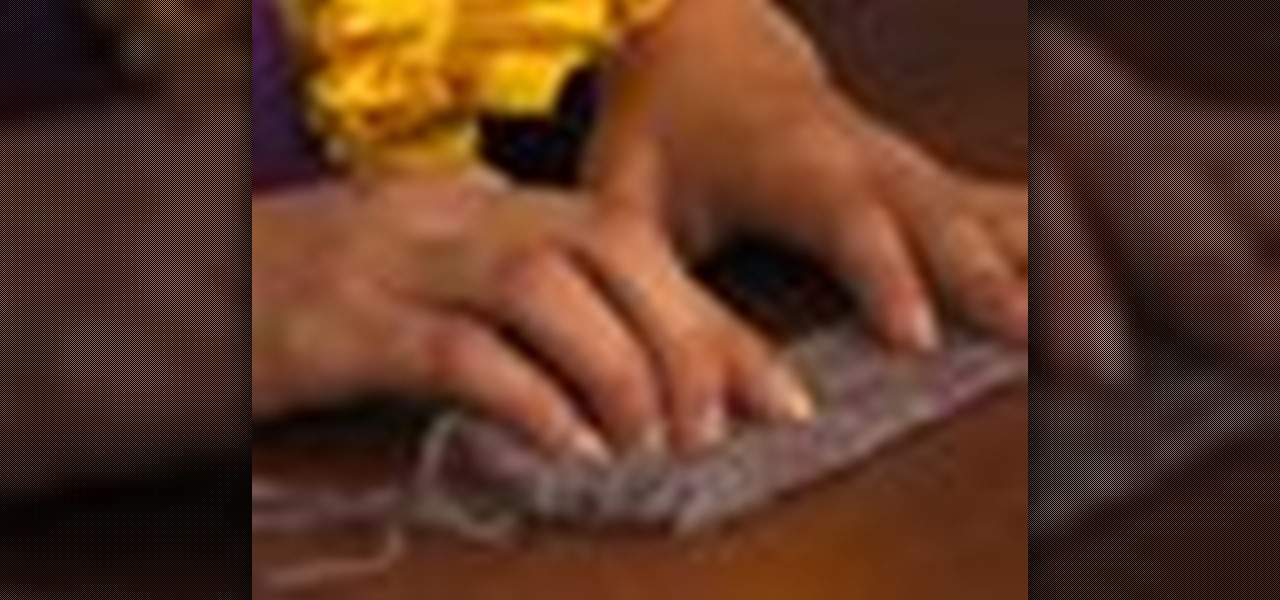
How many stitches does your crochet art have? How can you tell? Why would you even want to know how many stitches are in your crocheted sweater or crocheted hat? Knowing how to count your stitches is a fundamental step in learning to crochet – assuming you want your finished product to be the right size and shape.

This left-handed crochet tutorial teaches you how to complete a Catherine wheel stitch, which consists of a row of vibrant pinwheels surrounded by an undulating, wavy edge.
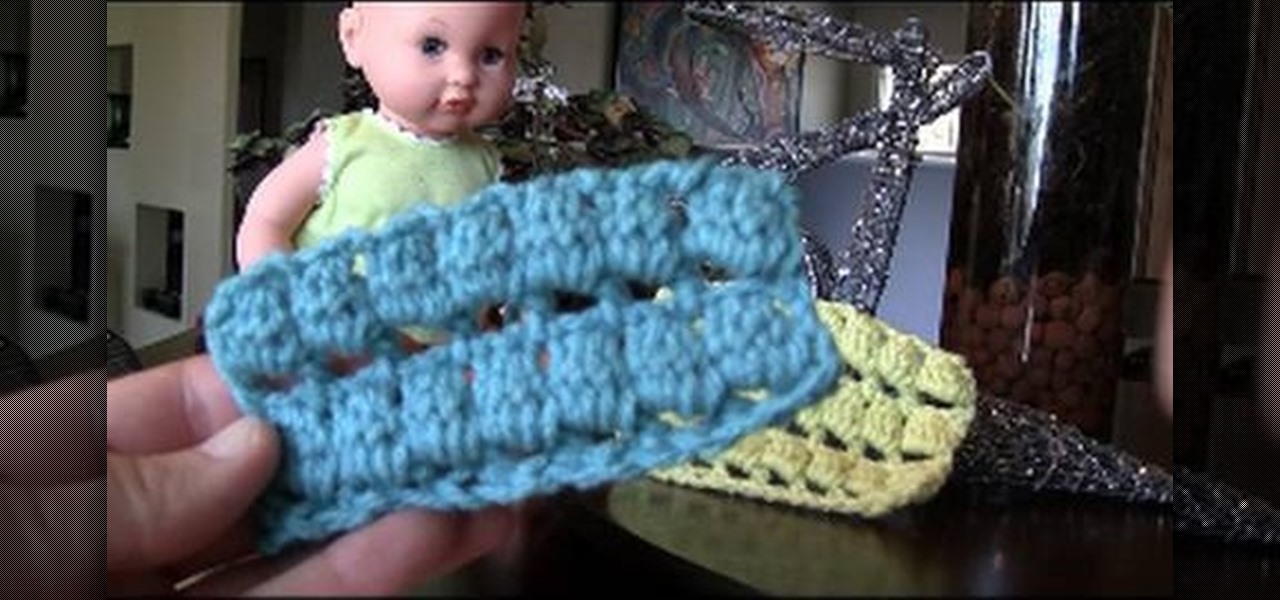
Want to create a crochet pattern that doesn't take much time to do but creates a professional-looking finish? This video guides you through the crochet puff stitch, which consists of up and down waves of crochet yarn interspersed with small holes.

The instructor from the Knitting Board shows you how to make a criss cross stitch. This stitch has two weave patterns that you alternate to create a pretty textured look. Using a knitting board, the first stitch starts on the first pin of the back board down to the fourth pin. Then you weave back and forth across the board skipping a pin. At the end, take the yarn straight across the board and turn the board around. Return by picking up the pins that you skipped. Each pin will have two loops ...

This instructional knitting video demonstrates how to do a purl stitch. The purl stitch usually functions in tandem with the knit stitch. For the purl stitch, always remember to keep the working yarn in front of your needles. When switching from knit to purl stitch, you will move your working yarn from the back of the work to the front of the work to prepare for a purl stitch.

Watch this two part instructional knitting video to knit a 1x1 rib stitch using an even number of stitches. Begin the row with a knit stitch and end the row with a purl stitches. The Continental method is used here, meaning the yarn is held with the left hand.

Hand sewing is an important skill for fashion designers to have when tailoring and customizing a garment. Learn to hand sew various stitches from a fashion designer in this free sewing video.

Lets create a blanket from scratch using only the wavy shell stitch. This crochet how-to video is an example of how to crochet a blanket out of the wavy shell stitch only using three colors. Go as large as you need to and as big as you want with the crocheted blanket. The colors and size is up to you so get creative and start crocheting.

The stem stitch is a versatile embroidery stitch. It can be used to outline or to fill an area. Learn how to do it yourself with this video from Needle 'n Thread.

Couching is another easy embroidery stitch in hand embroidery, and a great way to create decorative line stitches that scroll and twirl about. It's also widely used for filling areas, and historically was used to great effect during the Middle Ages and Renaissance in a technique called Or Nue. Here's a video from Needle 'n Thread that demonstrates couching a single thread for an outline.

Here's another video tutorial from Needle 'n Thread for a hand embroidery stitch called Roumanian couching, which is used primarily as a filling stitch.

This clip demonstrates a left-leaning decrease sometimes used in knitting. It is usually called the "pass slipped stitch over" decrease (PSSO), or the K1, SL1, PSSO (knit one, slip one, pass slipped stitch over). In this clip, it's shown in the continental style. For complete, step-by-step instructions, and to get started using this stitch in your own knitting projects, take a look.

Thankfully for sewing and embroidery beginners, the ladder stitch is one little animal that is completely guileless and straight to the point. Composed of vertical rows of neat horizontal stripes, the ladder stitch creates - you guessed it - a ladder shape.

Add complexity and intricacy to your next crochet project with the 2 tog increase crochet stitch. The 2 tog increase is not a crochet pattern but rather a way to jam more stitches into a single stitch so you add more oomph to your projects.

Are you interested in doing a crochet project? Watch this two-part video tutorial to learn how to do the daisy star crochet stitch. for this project you will need some yarn and a crochet hook.

An up close demonstration of how to knit a

The split stitch is another easy hand embroidery stitch, perfect for beginners and used often by advanced embroiderers. Here's a tutorial from Needle 'n Thread that will teach you two methods of using the split stitch.

Another basic hand embroidery stitch, the chain stitch is used to outline and to fill spaces. It's a fun stitch to work, and always looks great! Watch this video from Needle 'n Thread to see how it's done.

In this tutorial, we learn how to fix a dropped stitch in knitting. This can be scary if you are a first time knitter, but it can be fixed without having to restart your project and take out all your stitches. First, work back to the place where the stitch first dropped. After this, push the needles back and insert a crochet hook into that dropped stitch. Next, hook the hook into the above stitches and pull it through until it's stitched back up. After this, remove the crochet hook from the y...

Get started in the world of crochet? Get educated about the triple treble stitch with help from this video! This stitch is very very high if you crochet it in thick wool... It's best to be used with fine cotton.

Getting started in the world of sewing & embroidery? The running stitch is the most popular of stitches in which the needle is passed in and out of the fabric. Get started doing the running stitch (sometimes called the straight stitch) with help from this fantastic tutorial presented by Stampin Mama.

Getting started in the world of sewing & embroidery? The chain stitch is a popular stitch in which a series of looped stitches form a chain-like pattern. Get started doing the chain stitch with help from this great tutorial provided by Stampin Mama.

This video shows ways to spice up your stitching using beads and charms. It’s a great way to add 3D aspects without having to do complicated techniques. Examples of good places to add beads are eyes, punctuation marks, and similar things. They can be used instead of stitches such as French knots. Sometimes using embroidery needles can make it easier to add beads to the stitching. Since the beads don’t wash well, wash your design after the stitching but before adding the beads. You can also st...

make a left handed sun beam granny square crochet in minutes! 1. Prepare the materials, two different yarn colors are needed. 2. Start off with a chain 1 stitch. 3. Make a half double crochet through a chain 4 stitch (12x)4. Work another chain 1 stitch5. Make 2 half double crochets to join the chain 1 stitch (24x)6. Cut the yarn and change the color. 7. Work 2 half double crochets on the new color and join together with the chain 1 stitch. 8. Change yarn color again. Insert the hook from the ...

The like lace stitch is such and easy stitch and easy to work with. See how to unravel like lace stitch when knitting, with this easy, up close demonstration by Judy Graham, Knitter to the Stars.

See how to knit the triangle edge stitch when stitching, with this easy, up close demonstration by Judy Graham, Knitter to the Stars. Judy's knits have appeared in movies, television, and concerts for over thirty years. She herself has been hand-knitting for over fifty. Watch as she teaches you how to knit a triangle edge stitch when knitting in this three-part video tutorial.

A clear complete demonstration of three basic hand Stitches used when making a garment. This video sewing tutorial demonstrates and explains the basting stitch, catch stitch, and thread tracing. Watch this instructional tutorial and learn how to sew three basic stitches for garment making.

This video tutorial demonstrates how to crochet a Catherine Wheel stitch blanket. Stitching a Catherine Wheel takes more time than other crochet patterns, but it is well worth it. As seen here, it is possible to crochet two colors of yarn as one to re-enforce the rainbow gradation pattern. The Catherine Wheel is defined as a Gothic marigold, or circular shaped, spinning firework. The radiating colonettes of the stitched wheel resemble spokes. This crochet pattern creates a thick and intricate...

The star stitch is a great crocheting pattern that works well with single colored or multicolored projects. Learn how to crochet the pretty star stitch by watching and following along with this how-to crafting tutorial.

The heavy chain stitch used in hand embroidery is a variation of the regular chain stitch, but it creates a wider, thicker chain stitch band. It's an easy stitch to execute. When you want a bolder line, you can substitute it for the regular chain stitch. This video tutorial will show you the basic concept of creating a heavy chain stitch band. Watch this video from Needle 'n Thread to see how it's done.

The buttonhole stitch is used in many types of hand embroidery - general surface embroidery, crazy quilting, whitework and cutwork, Mountmellick embroidery, needle lace, filet work - you name it, buttonhole stitch fits in somehow. It's a super versatile stitch, and once you have the basic stitch down, it's just a matter of applying it in a variety of ways. Watch this video from Needle 'n Thread to see how it's done.

This video shows how to knit a stitch through the back loop. It's the way you can twist your knit and tight the fabric by stitching through the back loop.

In this video, we learn how to increase and decrease treble or triple crochet. First, make a chain of ten, then do a few yarn overs. Treble into the next stitch by placing the yarn over your hook twice and drawing out the loop. Draw through two three times, then your treble will be completed. Triple crochet is another name for treble, in case you are already familiar with that term. These stitches will take longer because you have to do more stitches to make the chains complete. To increase, ...

Here's a helpful crochet pattern that'll turn your next crochet project into something truly spectacular. Called the 2 tog increase, the crochet stitch involves simply increasing the number of stitches you're working on.

Iknitwithcatfur teaches us how to knit perfect puffed ribs. Cast on a multiple of 3 stitches plus 2 stitches. This means that any number of stitches that you want to cast on for you project must be divisible by 3 plus 2 extra stitches to create the selvage. Purl the first 2 stitches of row 1 then begin the repeating pattern of yarn over, knit 1 stitch, yarn over, purl 2 stitches. Repeat this pattern until the end of the row. This will be the right side of your knitting. In knitting abbreviati...

A knitted cast on stitch is one of multiple methods for casting on your stitches, and is good for starting a scarf, or the bottom of a sweater. With this tutorial, learn how to do the cast on stitch. Beginning with a loose slip knot, knit a stitch, making sure to replace the original stitch on your left hand needle. This will provide the basis for all the subsequent stitches, making up the amount of necessary stitches you will need to cast off. Keep in mind this is not an elastic stitch, so a...

The video shows us how to perform a knitted bind-off on the right side of your work. It is recommended to use a cross hair hook for the right hand needle to make it easier but here is used with the normal needles. Firstly you need to knit the first few stitches and using the left needle take the first stitch and pull it over the second stitch. Then you knit it and again pull the first stitch over it. It is repeated in the same pattern till then end of all the stitches are knit. And after knit...










